Dr. Gannon ordered police to close Kansas City saloons unless they were sanitized
On Oct. 8, 1918, Director of the Contagious Diseases Department, Dr. A. J. Gannon sent inspectors to survey each…
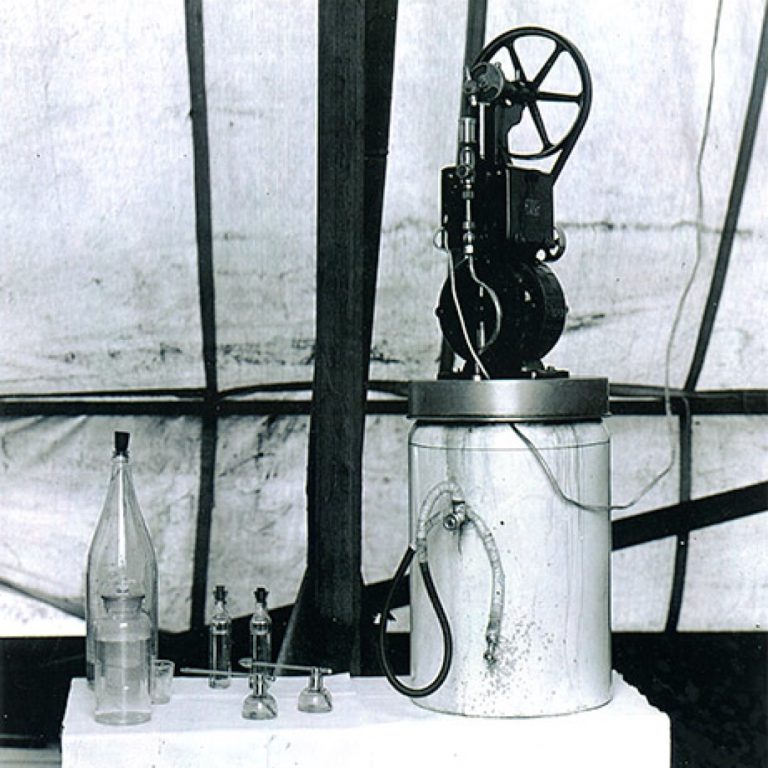
On Oct. 8, 1918, Director of the Contagious Diseases Department, Dr. A. J. Gannon sent inspectors to survey each…
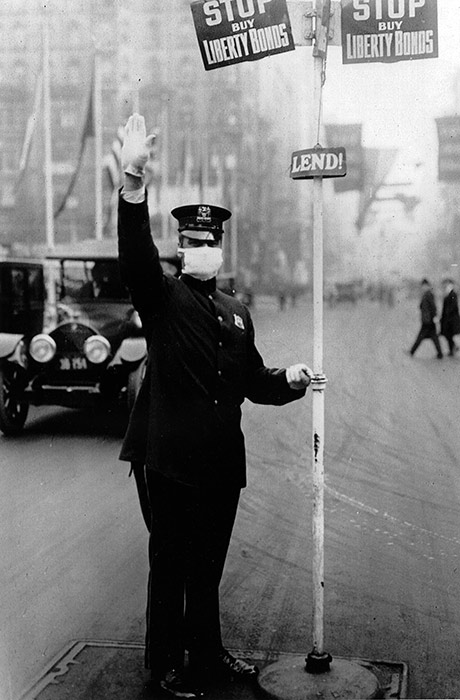
On Oct. 8, 2018, Albany Commissioner of Public Safety James Sheldon Frost ordered all schools, churches, theaters, movie…
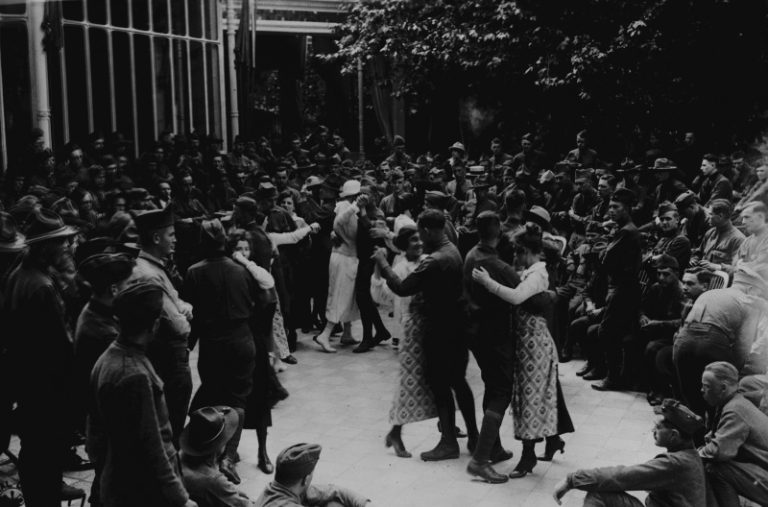
On Oct. 7, 1918, Dr. Max C. Starkloff, Health Commissioner for St. Louis, assembled city officials, the U.S….
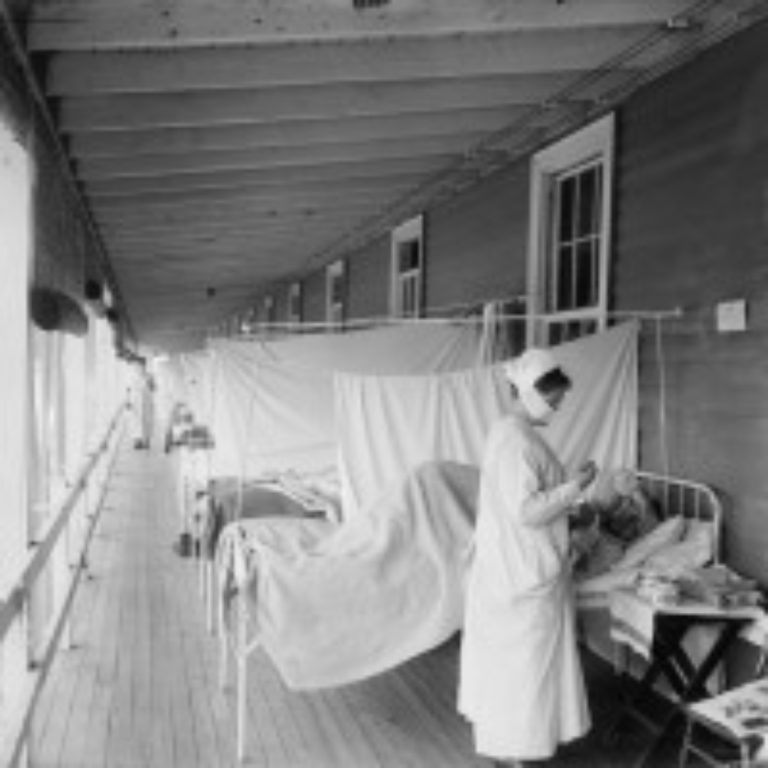
On Oct. 7, 1918, influenza was named a mandatory reportable disease by New Orleans health officials, after reaching…
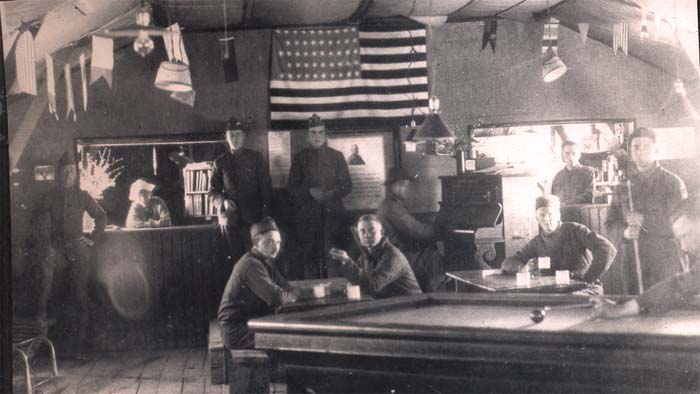
By Oct. 7, 1918, Kansas City Mayor James Cowgill declared a public emergency order, granting the Board of…
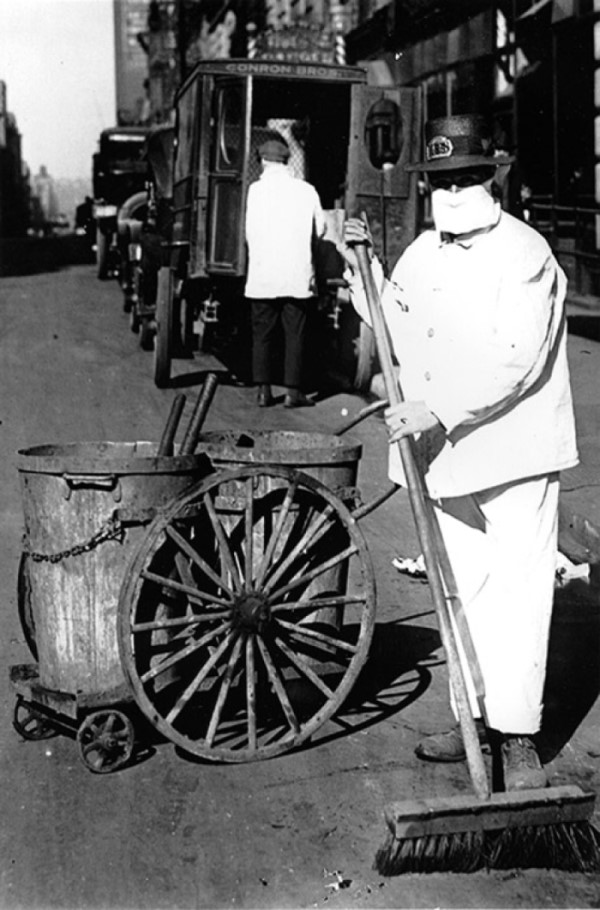
On Oct. 7, 2018, Albany physicians reported approximately 6,000 cases of influenza. The next day, as dozens of…
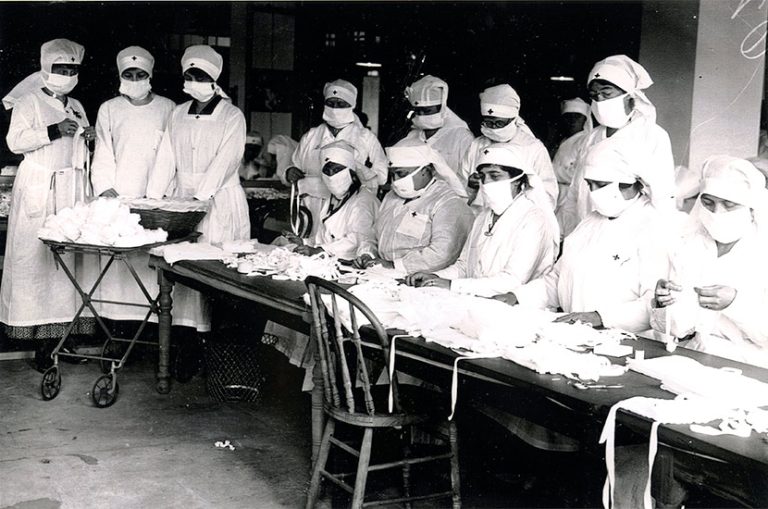
By Oct. 7, 1918, Cleveland Health Commissioner Rockwood announced the city had about 500 influenza cases. This led…
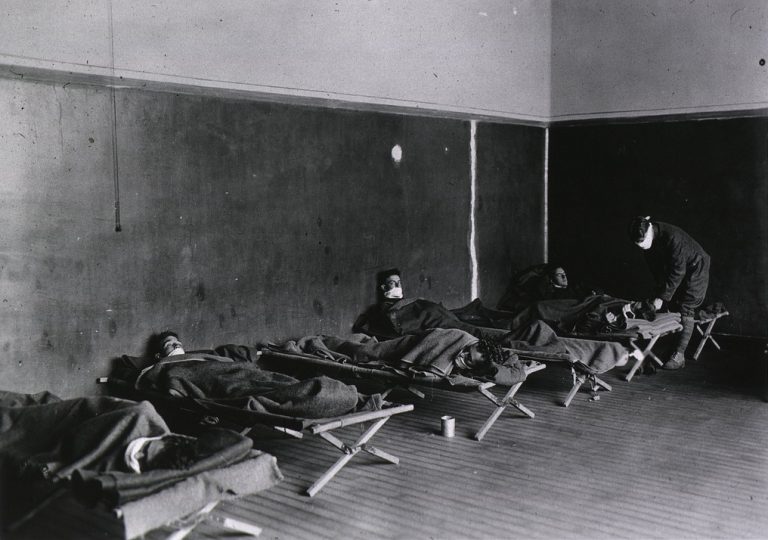
By Oct. 7, 1918, influenza cases in Philadelphia had risen by over 3,000 new cases, overwhelming medical facilities….
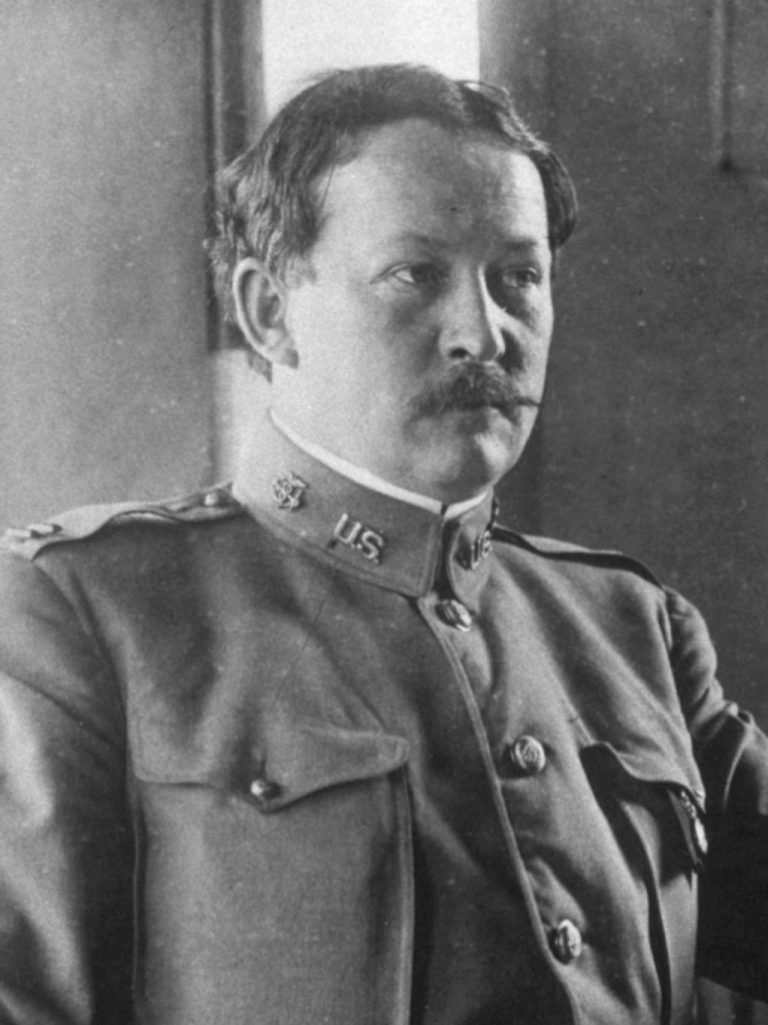
On Oct. 7, 1918, U. S. Surgeon General notified state health officers they should consider enacting social distancing…
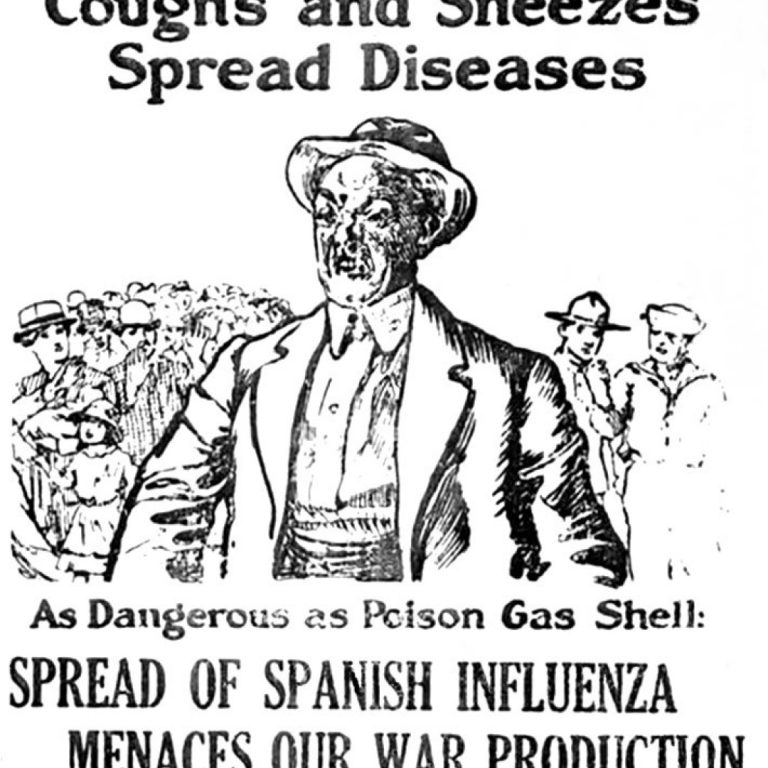
On Oct. 7, 1918, the Birmingham Board of Health recommended that all places of public assembly be closed….
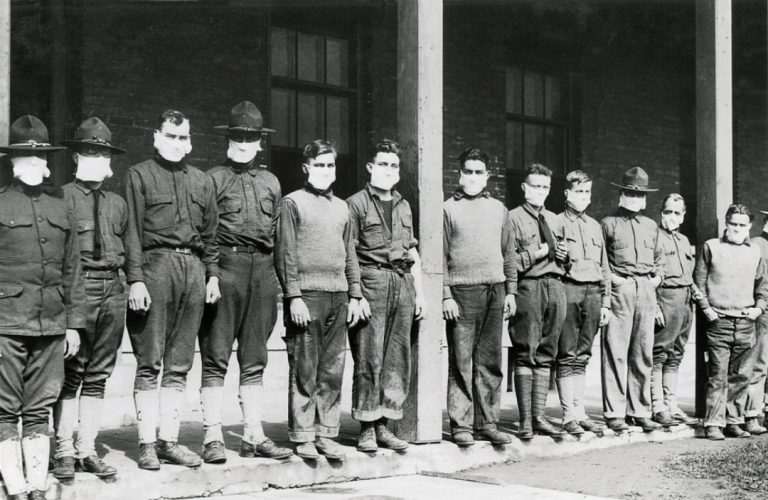
On Oct. 7, 1918, Nashville officials ordered closed theaters, movie houses, and other entertainment areas, while leaving schools…
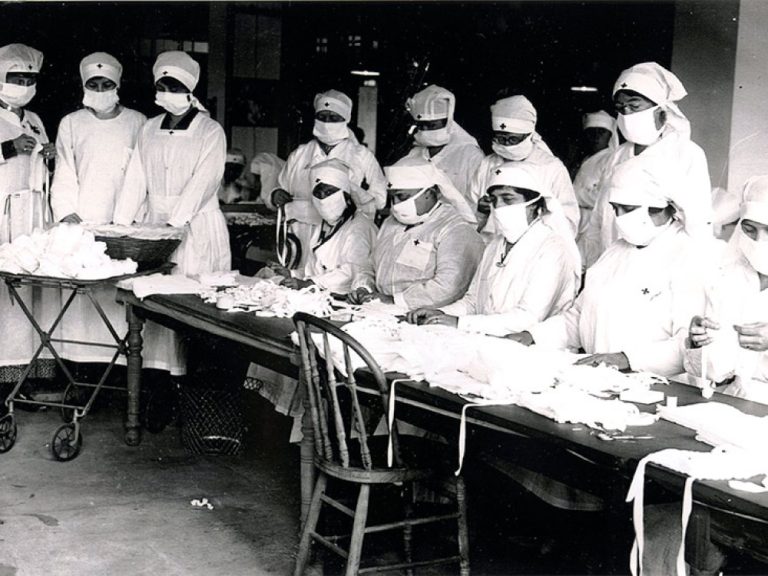
On Oct. 7, 1918, it was clear that Louisville’s nascent influenza epidemic was spreading. USPHS officer Lieutenant R….
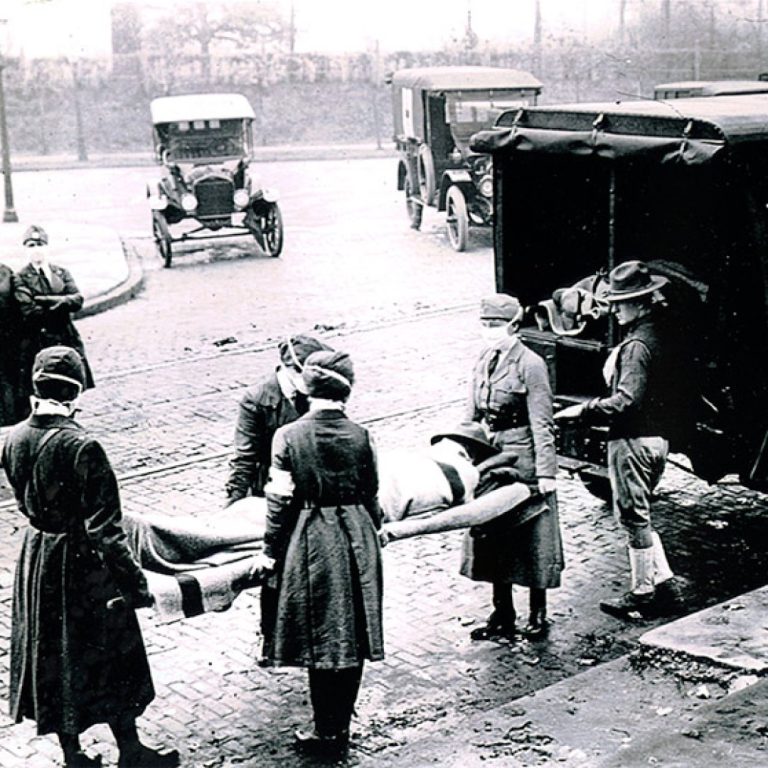
On Oct. 6, 1918, the number of Baltimore residents sick with influenza overwhelmed the city’s hospitals. A temporary…
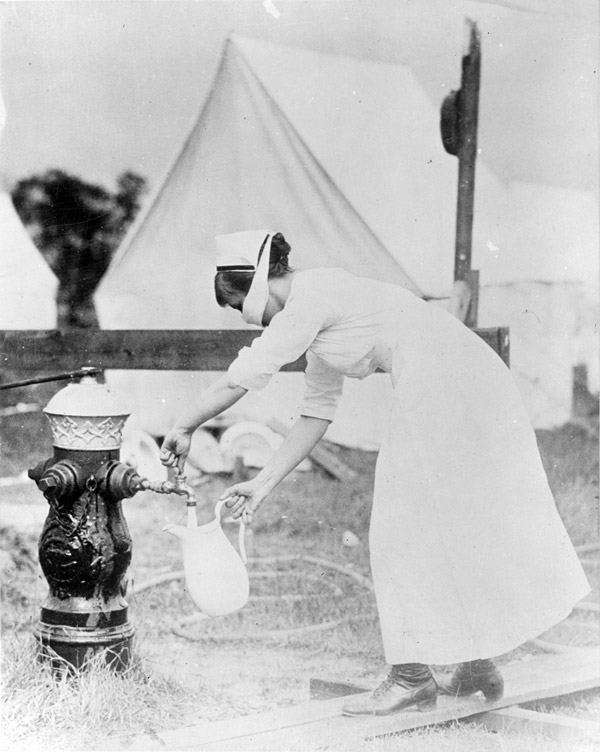
On Oct. 6, 1918, all of Denver’s schools, colleges, and places of public assembly were closed to try…
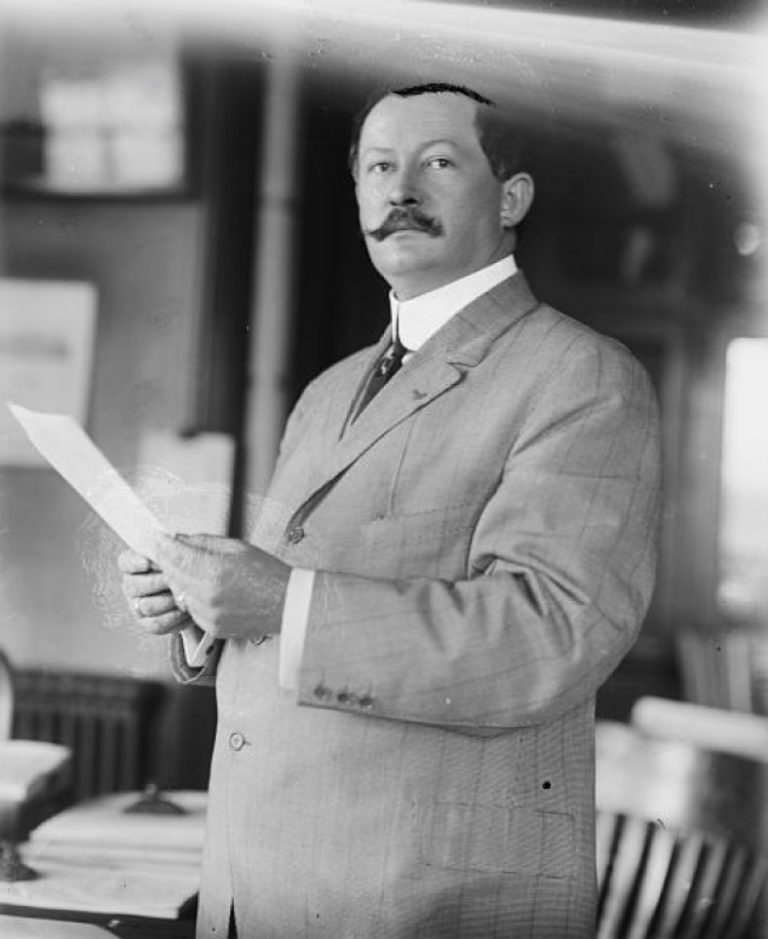
On Oct. 6, 1918, the Atlanta Board of Health made influenza a reportable disease. The next day, United…
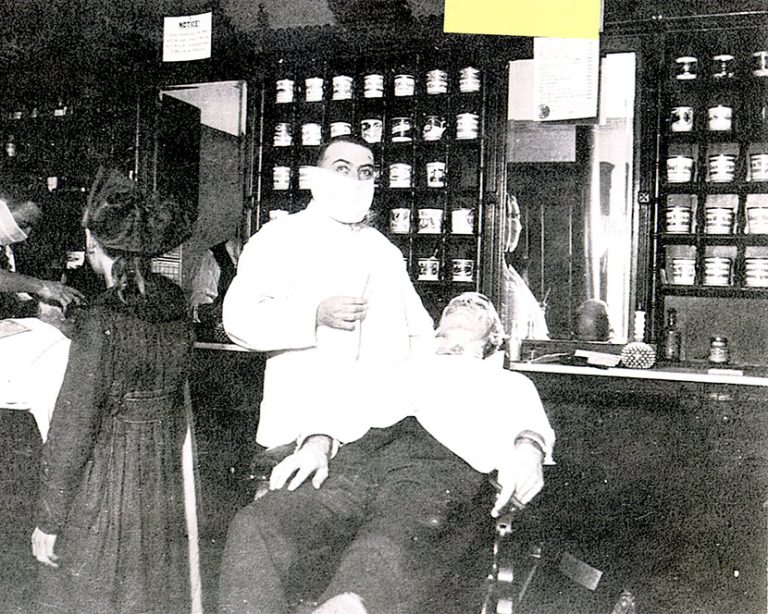
On Oct. 5, 1918, with 4,000 estimated influenza cases in the city, the Cincinnati mayor, health, and education…
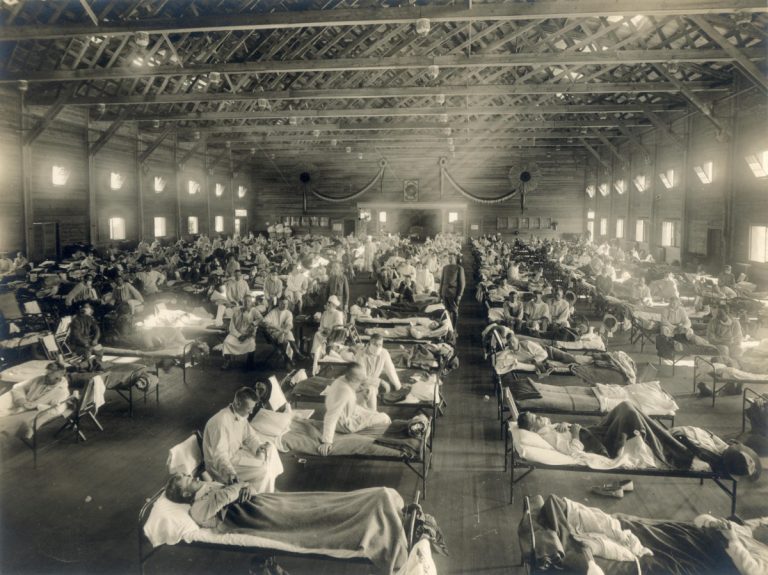
On Oct. 5, 1918, the city of Philadelphia reported about 1,500 new influenza cases. Many employees of the…

On Oct. 5, 1918, Nashville’s health officer Dr. W.E. Hibbett announced there were between 10,000 and 15,000 influenza…
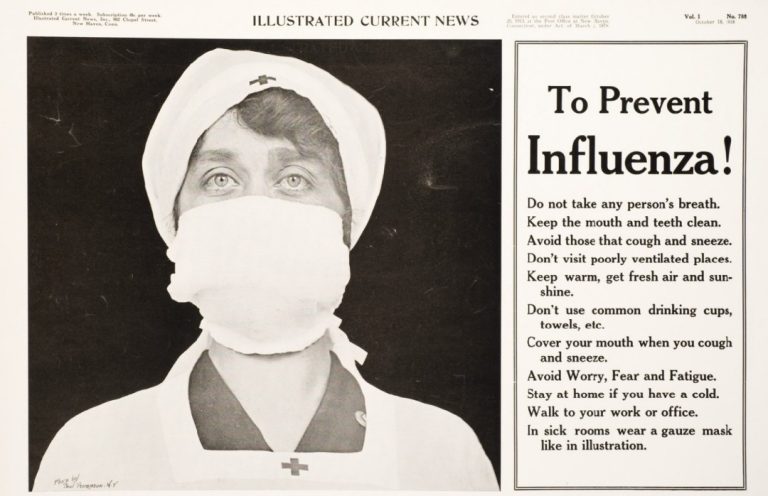
On Oct. 4, 1918, several dozen cases of influenza were reported to the Birmingham department of health. A…
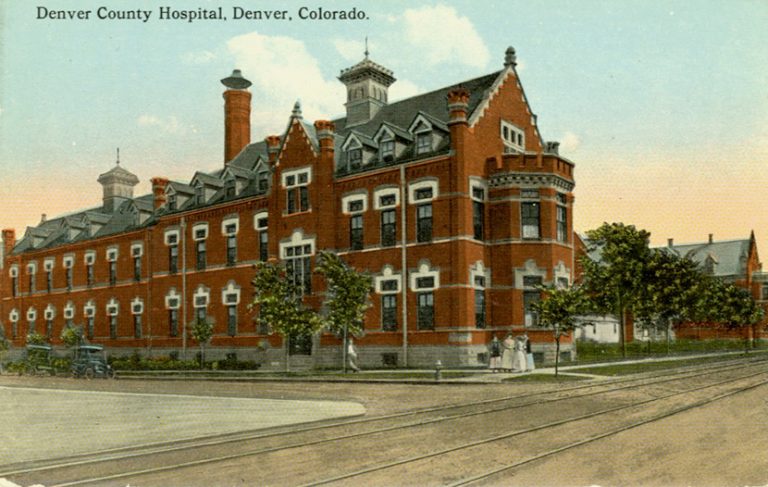
On Oct. 4, 1918, City Manager of Health and Charity and former Denver mayor Dr. William H. Sharpley…
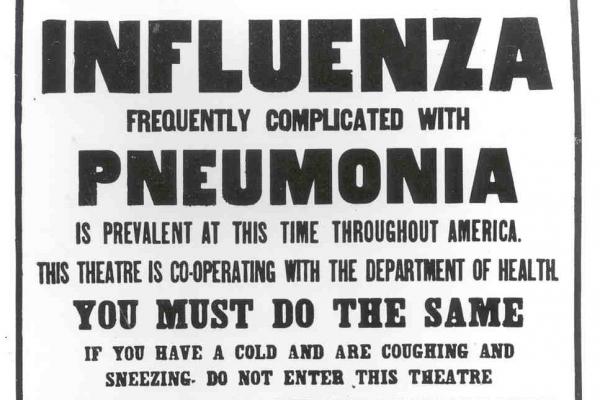
By Oct. 4, 1918, physicians in New York reported 999 new influenza cases for the previous 24-hour period,…
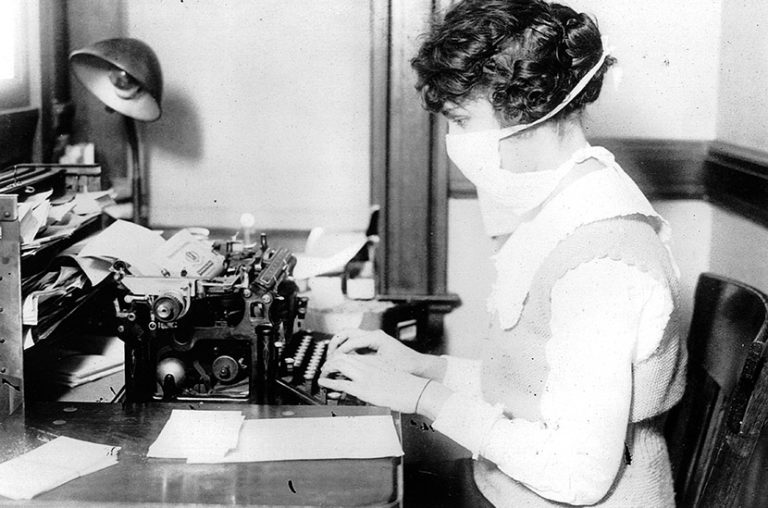
On Oct. 4, 1918, New York’s board of health enacted staggered schedules for business operations throughout the city…
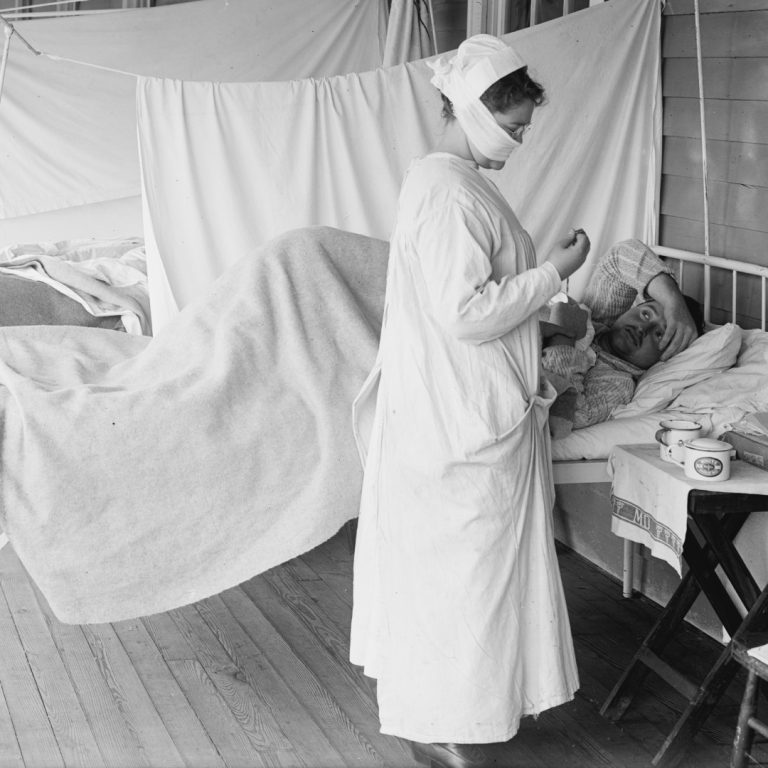
On Oct. 4, 1918, Washington, D.C. physicians were ordered to report all influenza cases and isolate patients. Public…
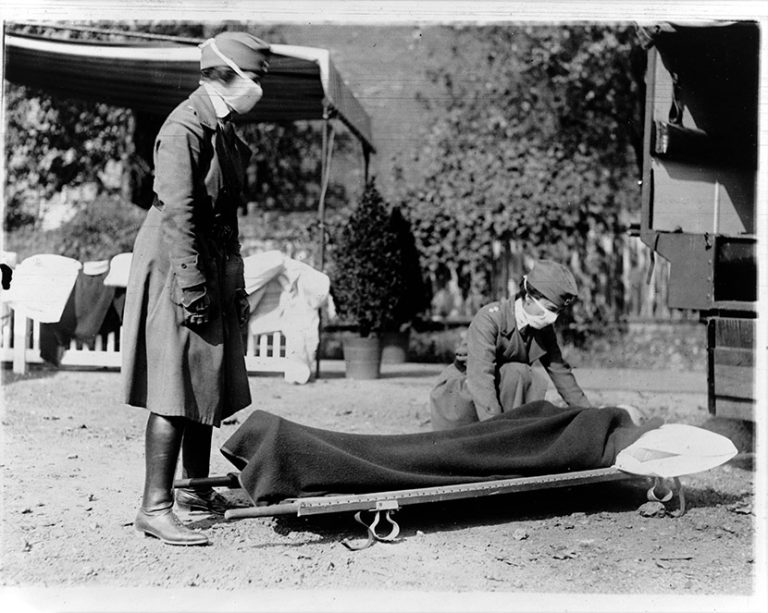
On Oct. 4, 1918, Salt Lake City health officials convened to address the small amount of influenza cases…
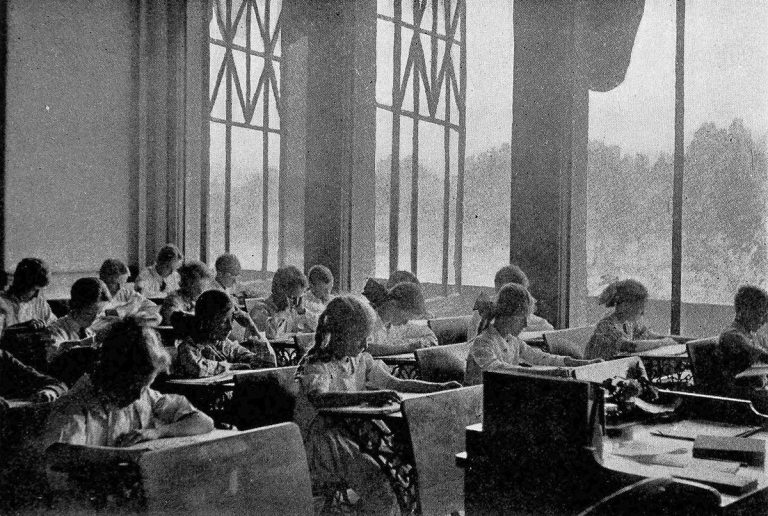
On Oct. 4, 1918, Cleveland City Director of Public Welfare Lamar T. Beeman directed Health Commissioner Rockwood to…
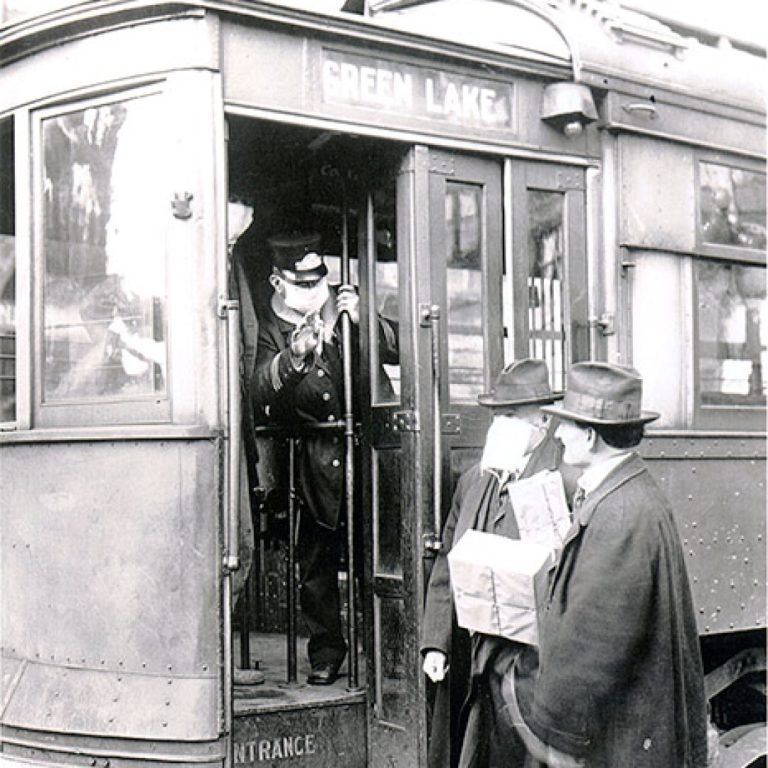
On Oct. 3, 1918, the Spanish Flu reached the state of Washington when Seattle newspapers reported that one…
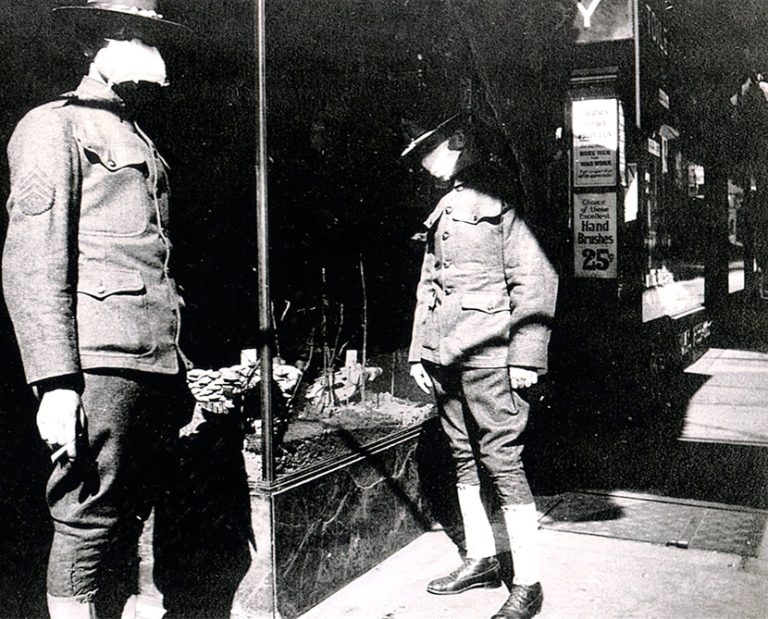
On Oct. 3, 1918, state Health Commissioner Dr. Franklin B. Royer, witnessing the growing epidemic across Pennsylvania, issued…
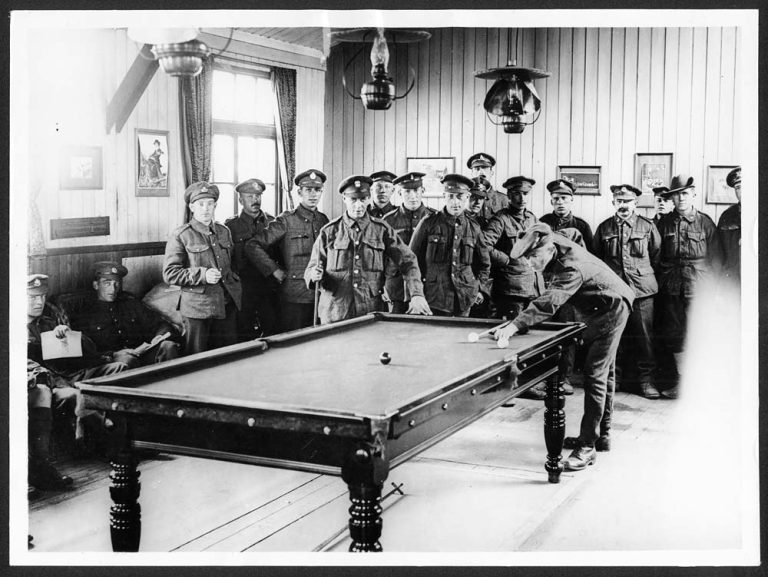
On Oct. 3, 1918, Cincinnati Health Officer Dr. William H. Peters responded to the influenza threat by enacting…

On Oct. 3, 1918, Omaha reported its first influenza outbreak in the region, and the health commissioner ordered…
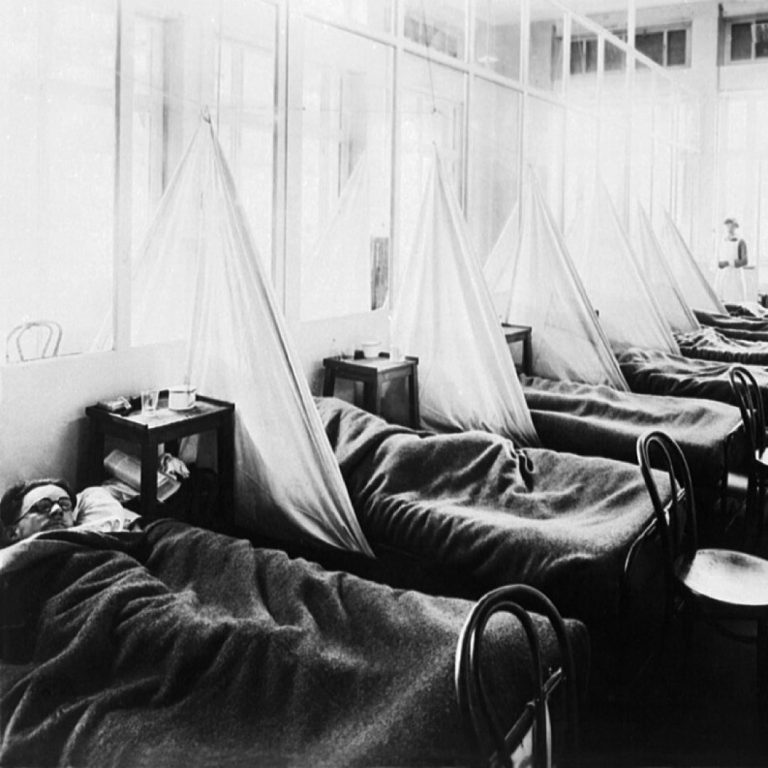
On Oct. 3, 1918, the Health Officer for Washington, DC, Dr. W.C. Fowler ordered all public gatherings cancelled…